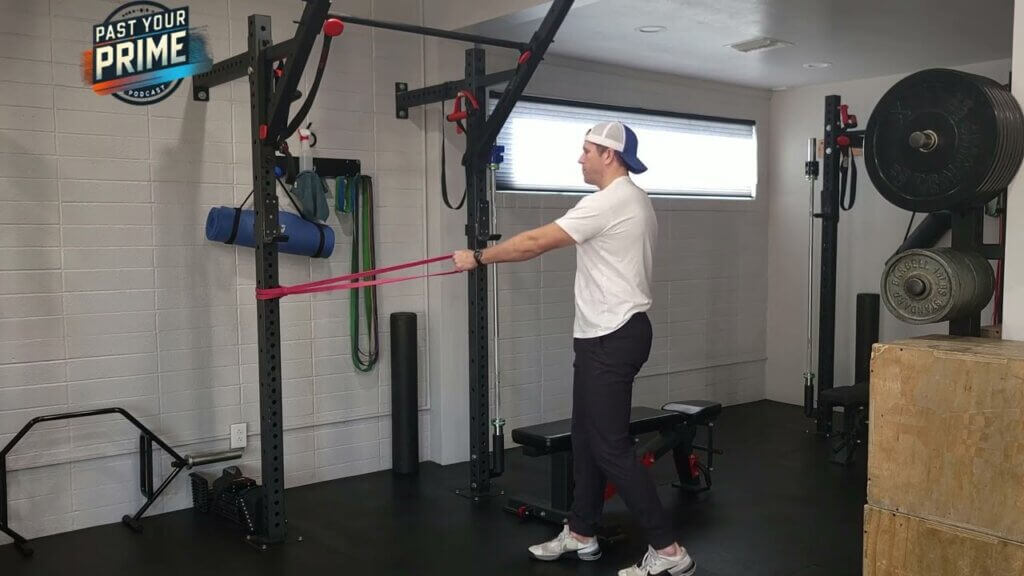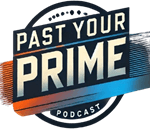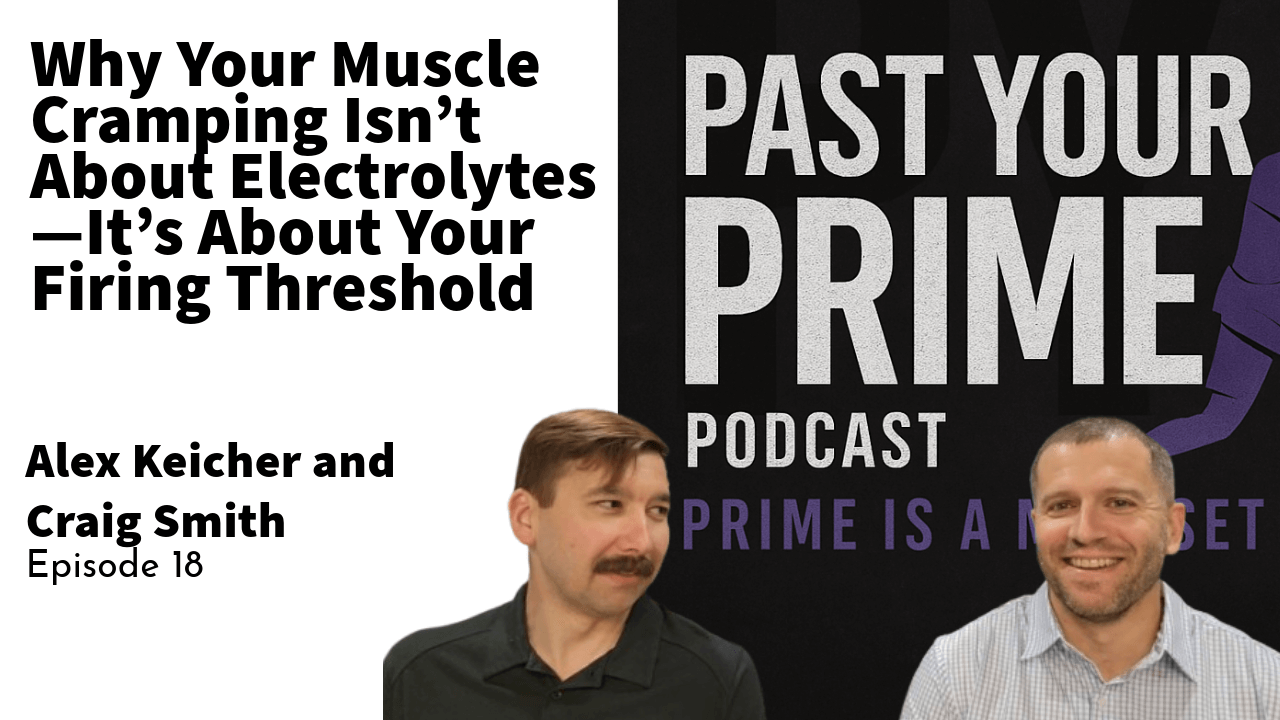Struggling to start (or restart) a workout routine?
Whether you’re juggling a full-time job, chasing kids, nursing an injury, or just feeling unmotivated—this episode is for you.
Craig and Alex break down the real-life strategies behind getting started with exercise—and staying consistent—even when life throws obstacles your way. You’ll hear personal stories, actionable tips, and expert advice from a Doctor of Physical Therapy and a professional athlete navigating parenthood and recovery.
Why Most People Struggle to Start a Workout Routine
Most people try to brute-force motivation. But habits aren’t built with hype—they’re built with structure. In this episode, Craig and Alex explain the three biggest reasons people fail to maintain exercise routines:
- Lack of accountability
- Injuries or pain
- Picking workouts that don’t match your current ability
They also share the five reasons people quit workouts altogether—and what to do instead.
The #1 Habit That Makes or Breaks Your Fitness Goals
The biggest predictor of success? Showing up.
Craig explains why putting yourself on your own calendar is essential for long-term consistency—and how this single habit can 10x your results.
“If it’s not scheduled, it doesn’t happen. Put yourself on the calendar. You’re worth it.”
Injured but Want to Exercise? Here’s How to Train Smart
Alex shares how he’s working around a painful wrist injury—still showing up and adapting his workouts to stay consistent. Craig explains how the Rehab Standard works, helping you train through injuries safely without making them worse.
They also touch on the SPC Phases used in rehab:
- Phase 2: Symptom Stabilization
- Phase 3: Activity Progression
“Don’t waste a flare-up. Use it to guide your training.”
The Six Foundational Movements Every Beginner Should Learn
Craig outlines the six functional movement patterns that form the foundation of any effective strength program:
- Lower Body Push (Sit to Stand)
- Lower Body Pull (Band Pull-Through)
- Upper Body Push (Incline Push-Up or Dumbbell Press)
- Upper Body Pull (Banded Row)
- Split Leg (Supported Lunge or Half-Kneel to Stand)
- Core Stability (Pallof Press)

How to Choose the Right Weight for Strength Training
New to lifting weights? Craig explains how to pick a safe starting point and why soreness isn’t the goal—especially if you’re just getting back into it.
Tips covered:
- Use RPE (Rate of Perceived Exertion) to gauge difficulty
- Don’t chase soreness—chase consistency
- Pick a variation that grooves proper movement, not just max weight
“Overreaching in a single workout ruins progress. Soreness doesn’t mean success.”
Understanding the Three Exercise Standards: Rehab, Maintenance, Performance
Your workouts should match your current goal and capacity. Craig explains the three standards he uses in programming:
- Rehab Standard: Focused on tissue healing and capacity
- Exercise/Maintenance Standard: Build consistency and health habits
- Performance Standard: Focused on peak performance and progressive overload
Understanding which standard you’re in helps you avoid injury and burnout while getting better results.
Structuring Your First Workout: Sets, Reps, Rest and Supersets
Alex and Craig walk through how to structure a beginner strength workout, including:
- Warm-Up (activation, movement prep, tissue work)
- Supersets (pairing exercises for efficiency)
- Rest periods
- Total volume (2–3 sets, 8–12 reps)
- Progressions based on recovery and readiness
Download our free starter workout here: PastYourPrime.com
Why Cardio Still Matters (Even If You Hate Running)
Cardio has huge health benefits, especially for heart health and longevity. Craig explains different energy systems and how to start:
- Start with steady-state cardio for aerobic base
- Avoid high-intensity sprinting early on if you’re new
- Blend cardio with strength for best overall outcomes
How to Recover from Your Workouts Without Overtraining
Fatigue is part of training—but overtraining doesn’t have to be. Recovery tips include:
- Allow 48+ hours between strength sessions when starting
- Don’t chase soreness
- Monitor energy, mood, and injury risk
- Use fatigue to guide your workout volume and load
Motivation, Mindset and Showing Up When You Don’t Feel Like It
Alex opens up about staying motivated during a tough week: a flare-up in his wrist, low energy, and parenting fatigue. What kept him going?
He put himself on the calendar—and crushed his workouts anyway.
“Motivation comes and goes. Consistency wins.”
Related Article:
Want the full beginner guide to getting started with exercise?
Read: How to Start a Workout Routine for Busy Adults


